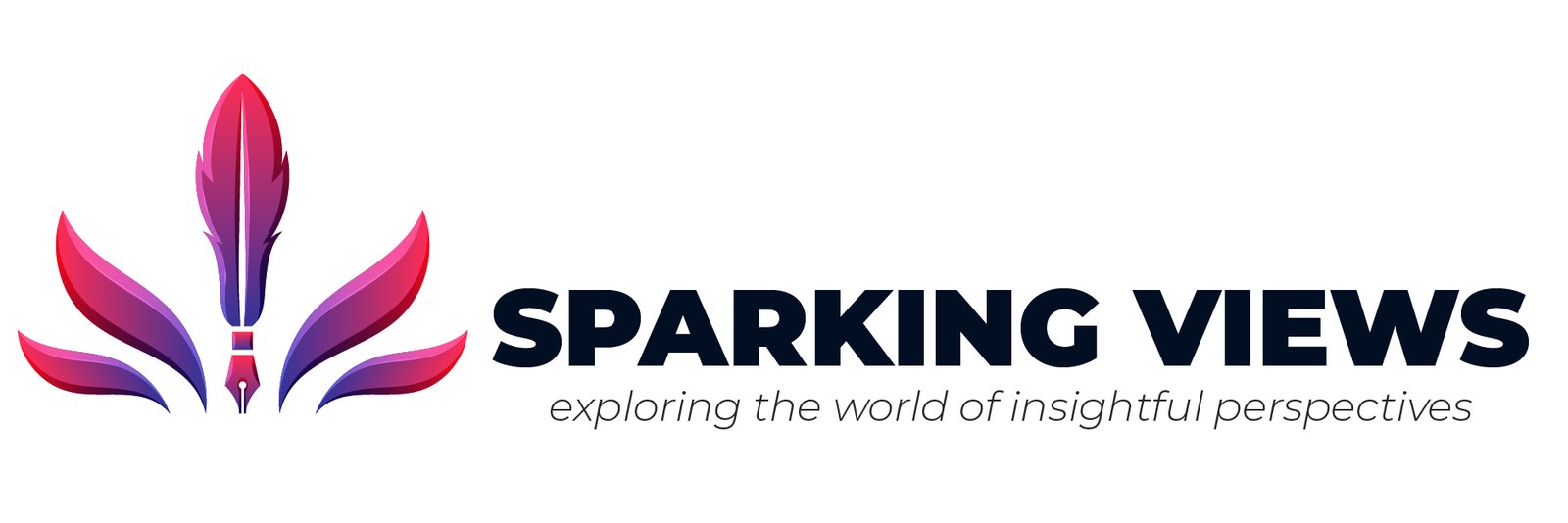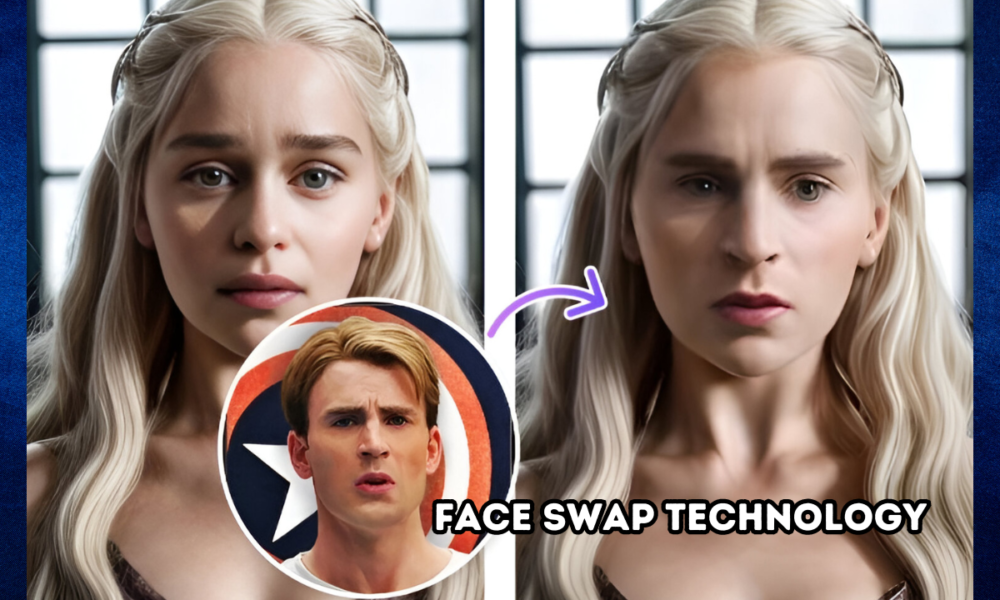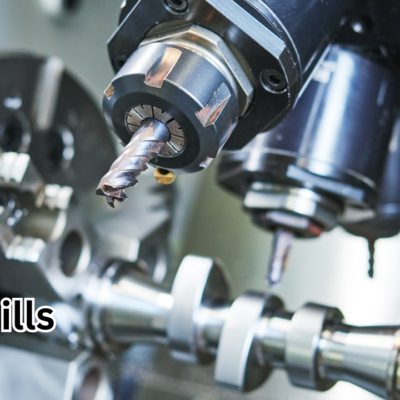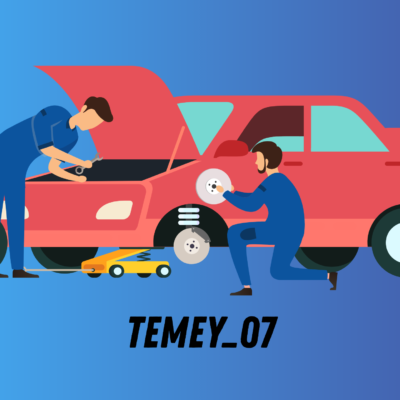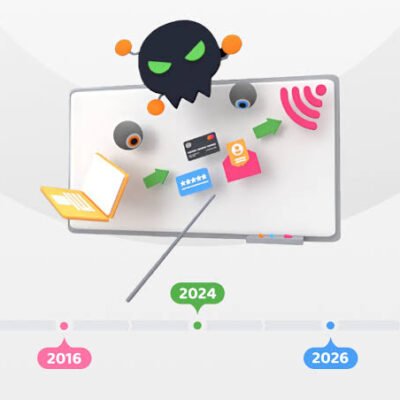Exploring Face Swap Technology: How Face Swap AI Transforms Video Creation
In recent years, advancements in artificial intelligence have revolutionized various aspects of digital content creation. One of the most intriguing applications to emerge from this technological wave is face swap AI, which has significantly transformed video creation processes. This article delves into the mechanics of face swap technology, its evolution, applications, and its impact on the creative industry.
Understanding Face Swap Technology
Face swap technology leverages deep learning algorithms to replace one person’s face in an image or video with another’s seamlessly. Initially popularized through apps and social media filters, face swap AI has evolved from simple entertainment to a sophisticated tool used in professional video production.
The Evolution of Face Swap AI
The roots of face swap technology trace back to early experiments with computer vision and image manipulation. However, the breakthrough came with the development of deep learning techniques, particularly generative adversarial networks (GANs) and convolutional neural networks (CNNs). These advancements enabled algorithms to analyze facial features, expressions, and lighting conditions with unprecedented accuracy.
Applications in Video Creation
Entertainment and Social Media: Face swap AI gained widespread popularity through apps that allow users to swap faces with celebrities, historical figures, or even animals. This accessibility made it a viral sensation and introduced the concept to millions worldwide.
Film and Television: Beyond social media, face swap technology is making waves in professional filmmaking and television production. It enables filmmakers to create realistic scenes where actors’ faces can be digitally replaced with stunt doubles or historical figures, seamlessly integrating visual effects into storytelling.
Advertising and Marketing: Marketers are also tapping into face swap AI to create engaging and personalized advertisements. By incorporating familiar faces or leveraging trending personalities, brands can capture audience attention more effectively.
Impact on Creative Industries
The advent of face swap AI has democratized video production by lowering the barrier to entry for advanced visual effects. What was once the domain of Hollywood studios with extensive budgets and specialized equipment can now be achieved with a computer and the right software. This democratization fosters creativity among aspiring filmmakers, YouTubers, and content creators, allowing them to explore new storytelling techniques and visual styles.
Ethical Considerations and Challenges
However, with great technological advancement comes ethical responsibilities and challenges. Face swap technology raises concerns about privacy, misinformation, and consent, especially in the context of deepfake videos. As such, researchers and developers are actively working on ethical guidelines and regulatory frameworks to mitigate potential misuse and safeguard against malicious intent.
Looking Ahead
As face swap video AI continues to evolve, its applications will likely expand into new domains, including augmented reality (AR) and virtual reality (VR). These advancements promise to further blur the lines between digital and physical realities, offering both opportunities and challenges for creators and consumers alike.
In conclusion, face swap AI represents a remarkable fusion of creativity and technology that is reshaping the landscape of video creation. Whether for entertainment, marketing, or professional filmmaking, its impact is undeniable. As we navigate this evolving technology, it remains crucial to balance innovation with responsibility to ensure a positive and ethical future for digital content creation.
By understanding the mechanics, applications, and implications of face swap technology, creators and consumers alike can better appreciate its transformative power in the realm of video production.
